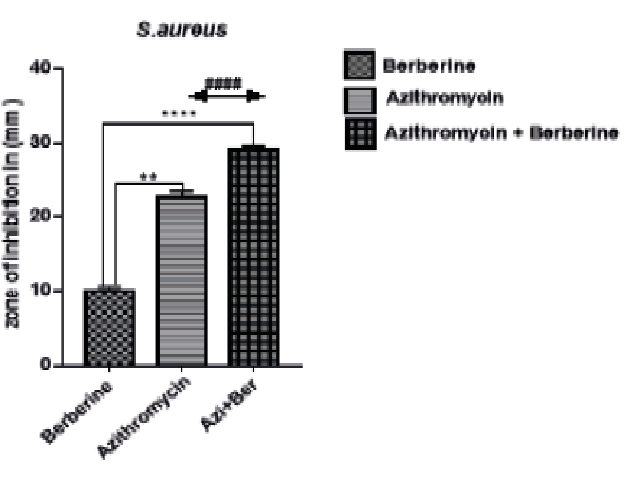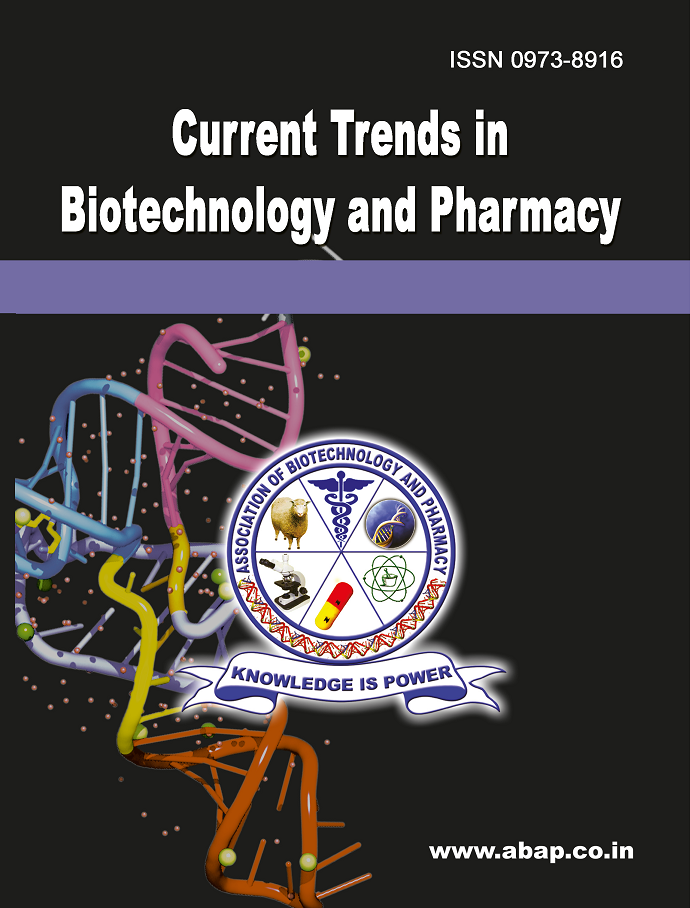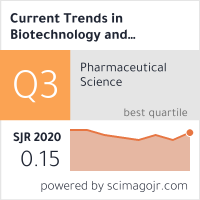Evaluation of Pharmacodynamic Interaction Between Berberine and Antibacterial Drug (Azithromycin) in Albino Wistar Rats
DOI:
https://doi.org/10.5530/ctbp.2021.3.28Keywords:
Berberine, Azithromycin, Hepatoprotective, Antimicrobial, Zone of inhibition, Antitubercular activityAbstract
Background: Evaluation of pharmacodynamic interaction between Berberine and antibacterial drug (Azithromycin) in Wistar rats.
Method: The study aims to evaluate the antimicrobial and antitubercular activities of a combination of berberine and azithromycin against microorganisms (E. coli, S. aureus) and Mycobacterium tuberculosis by using Alamar Blue Assay respectively. The compatibility and hepatoprotective activities of Berberine were also carried out against the azithromycin-induced hepatotoxicity rat model.
Result: The combination of berberine and azithromycin does not show any compatibility with a single-drug investigated by the Rf value, and synergistic effect against S. aureus and E. coli represented a significant zone of inhibition. Azithromycin showed in-vitro antitubercular activity at all concentrations, and berberine at 6.25μg/ml. Berberine and azithromycin co-administered for 28 days result in increased body weight, albumin level, total protein, and decreased serum transaminase, alkaline phosphatases, and total bilirubin significantly.
Conclusion: The combination of berberine and azithromycin does not show physical interaction, results in no alteration in the drug absorption, and showed antibacterial activity. Phytoconstituents showed antitubercular activity at different concentrations. The hepatoprotective action of berberine was proven by the evaluation of biomarkers of liver and body weight. Histopathological reports of the liver revealed that herbal mixture improves hepatocellular vacuolation and infiltration of inflammatory cells. Finally, based on in-vivo studies concluded that combination showed increased hepatoprotective activity in comparison to individual herbal drug.



